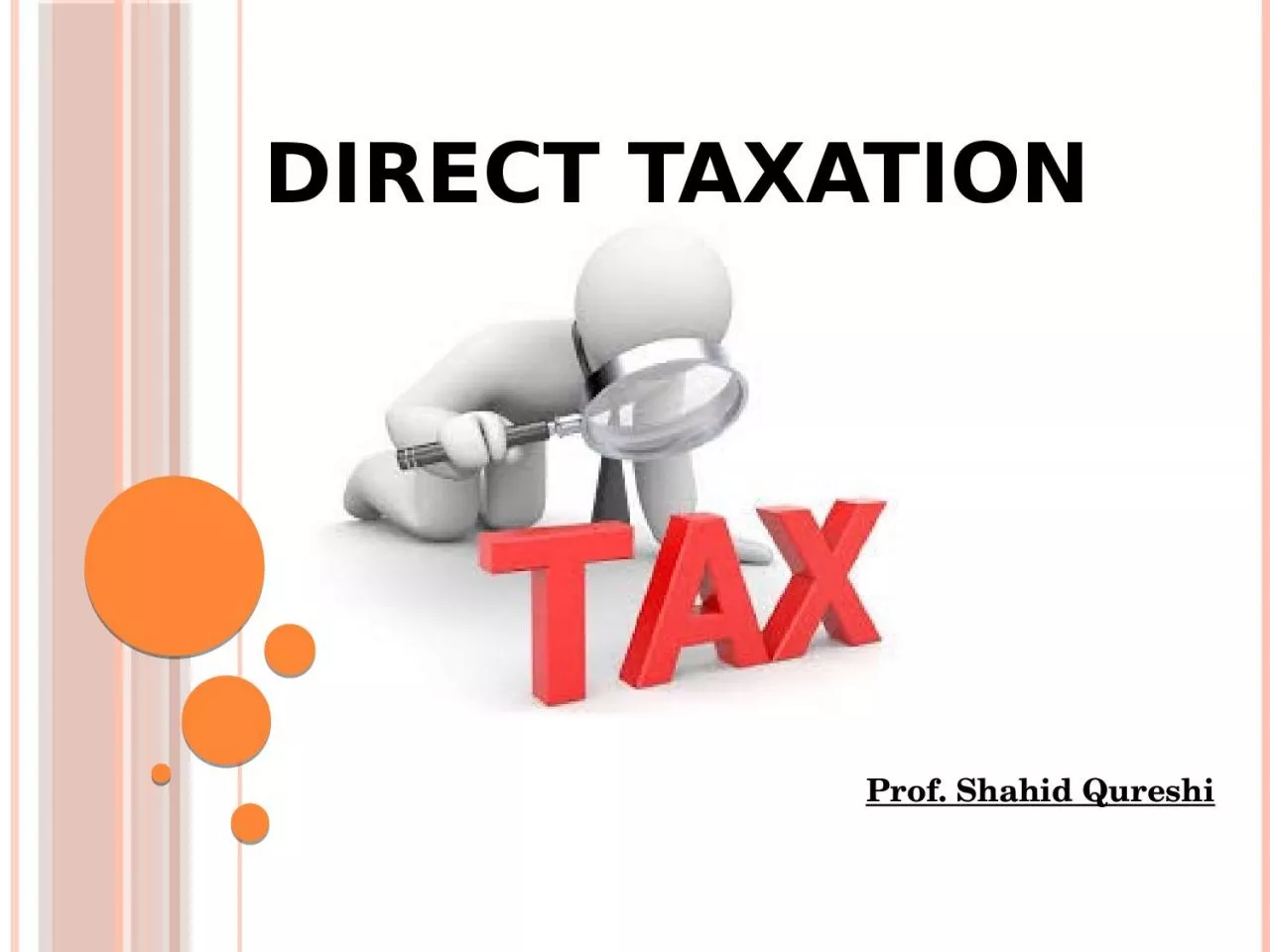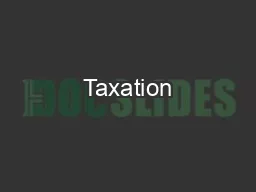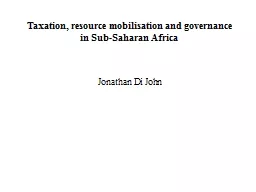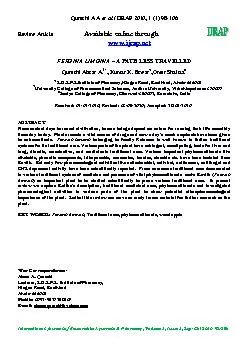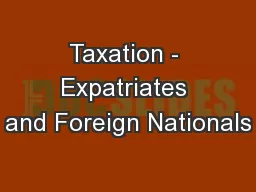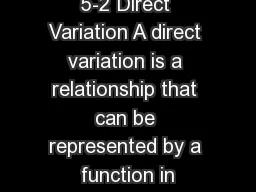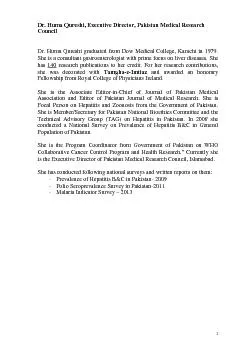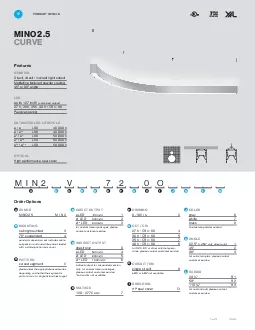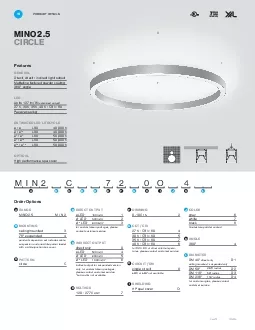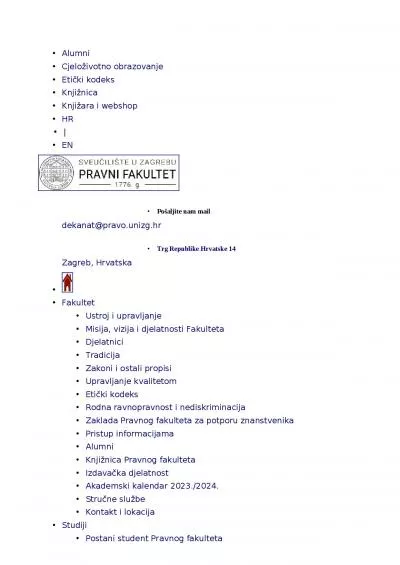PPT-Direct Taxation Prof. Shahid Qureshi
Author : layla | Published Date : 2023-07-18
INCOME FROM HOUSE PROPERTY Sec 22 27 Content INTRODUCTION When an assessee earns any income from a house property it is taxed under the head Income from house
Presentation Embed Code
Download Presentation
Download Presentation The PPT/PDF document "Direct Taxation Prof. Shahid Qureshi" is the property of its rightful owner. Permission is granted to download and print the materials on this website for personal, non-commercial use only, and to display it on your personal computer provided you do not modify the materials and that you retain all copyright notices contained in the materials. By downloading content from our website, you accept the terms of this agreement.
Direct Taxation Prof. Shahid Qureshi: Transcript
Download Rules Of Document
"Direct Taxation Prof. Shahid Qureshi"The content belongs to its owner. You may download and print it for personal use, without modification, and keep all copyright notices. By downloading, you agree to these terms.
Related Documents

